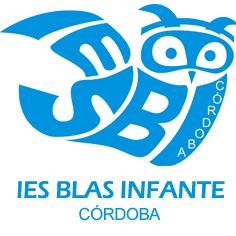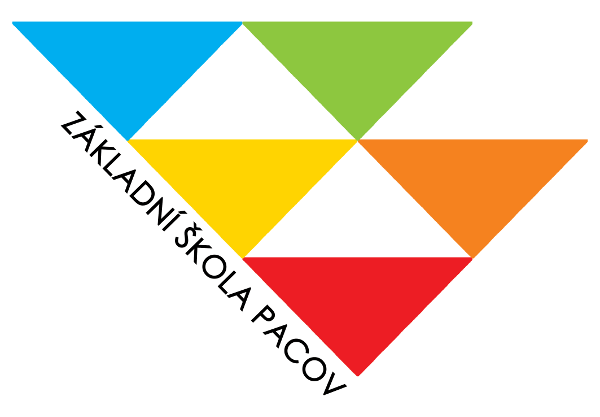(This is a worksheet created in the Czech school to make students aware of healthy eating)
 Healthy eating – What kind of eater are you?
Healthy eating – What kind of eater are you?

A. Work by yourself. Write down your answers. Compare your answers with your partner.
1. How many meals do you eat every day
a) Three or more
b) Two
c) One
2. How often do you eat fruit?
a) Three times a day
b) Once or twice a day
c) Three or four times a week (or less)
3. How often do you eat salad or vegetables?
a) Three times a day
b) Once or twice a day
c) Three or four times a week (or less)
4. How often do you eat fried foods?
a) Three times a day
b) Once or twice a day
c) Three or four times a week (or less)
5. How often do you drink cola or other “fizzy” drinks?
a) Almost every day
b) Three or four times a week
c) Once or twice a week (or less)
6. How often do you eat sweets?
a) Almost every day
b) Three or four times a week
c) Once or twice a week (or less)
B. What did you find out?
All food we can divide into three groups – red, yellow and green group. Imagine lights on traffic lights. Red colour means STOP – it is not good to eat much food in this group. Sweets, fizzy drinks and fried food belong into this group. Look back into your answers. How much food from this RED group do you eat? And how often?
Next group is yellow and means BE CAREFUL – you can eat this food but not a lot of it. Here you can find diary product, chicken, fish, fruit. And what about your answers? How much fruit do you eat?
The last group is green – GO. You can eat how much you want. Vegetables belong in this group. How many vegetables do you eat?
C. Make plans. Tell your partner what you are going to change in your diet. Use sentences: “ From now on I will eat more/less…………………….. because………………………………….. I won’t eat any …………………………….. because…………………………………”
D. Read about the foods we eat. Do you eat all of the seven important things? Tell your partner.
CARBOHYDRATES
- give you energy. There are carbohydrates in bread, sugar, potatoes, rice and pasta.
FATS
- make you strong and give you energy. There are fats in meat, butter and cheese and oil.
VITAMINS
- are important for your eyes, your skin, your bones, your hair and for other parts of your body. There are 13 types of vitamins (A, B, C and so on). There are vitamins in many types of food.
PROTEIN
- helps you grow and gives you energy. There is protein in meat, fish and milk.
WATER is important for your blood. It also cleans your body from the inside. Drink a lot of water every day.
MINERALS
- make your bones and teeth strong. There are different types of minerals in milk, vegetables, eggs, meat, cereals and many other foods.
FIBRE
- cleans the inside of your body. There is fibre in nuts, beans and cereals.
E. Draw some foods in the trolleys. Put inside the trolleys healthy or unhealthy foods. Ask your partner what is inside of the trolleys. Carbohydrates, vitamins, fibre, fats or minerals? Which trolley is the best, which is the worst?
I think the best is trolley number…… because it has some……. It doesn’t have any……. in it.




7. Write down ten kinds of food. Make sentences. Say which food is better or worse. Give reasons. Tell your partner.
“Fruit is better than sweets. It has a lot of vitamins.”
The European Commission support for the production of this worksheet does not constitute an endorsement of the contents which reflects the views only of the author, and the Commission cannot be held responsible for any use which may be made of the information contained therein.
Set the table for our cooking









